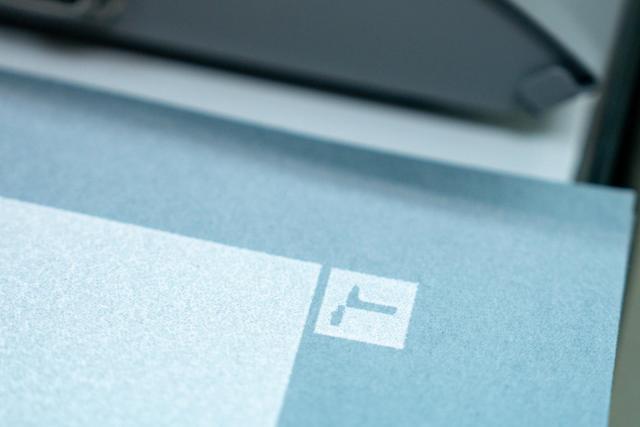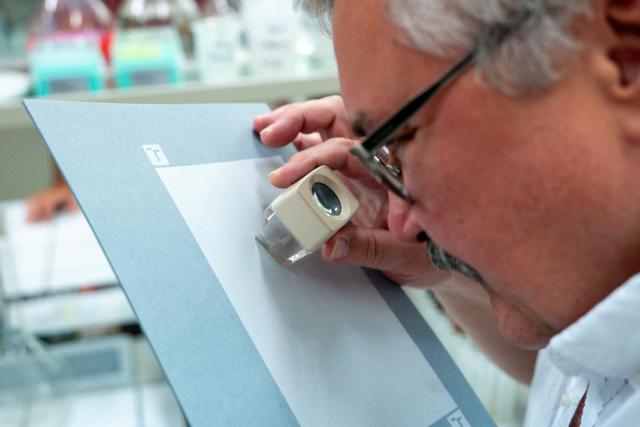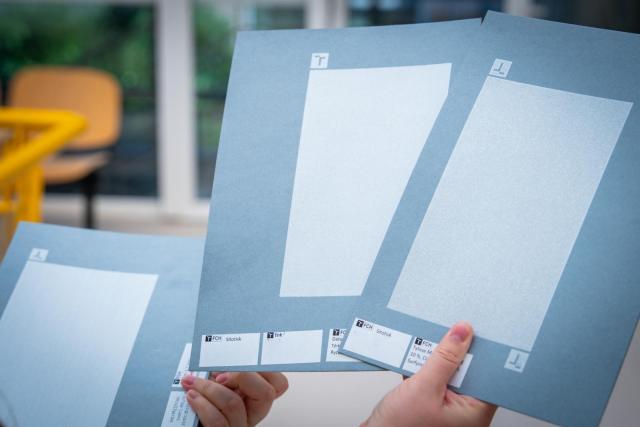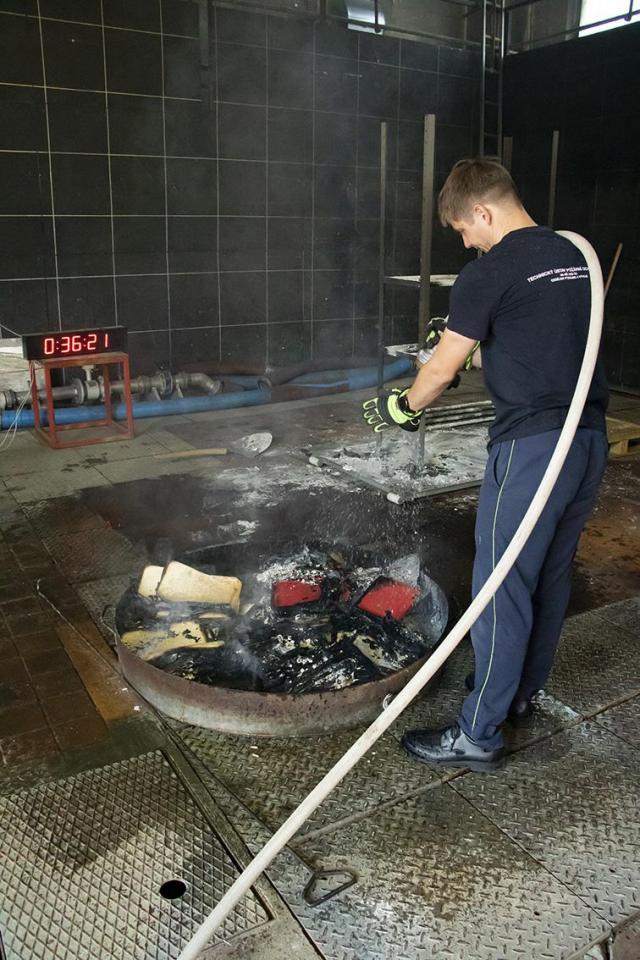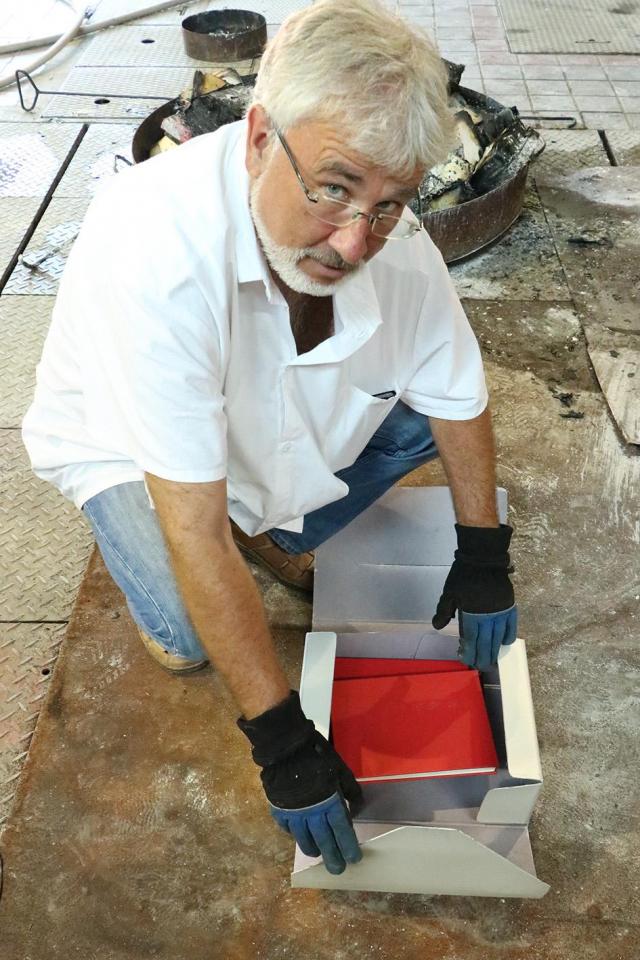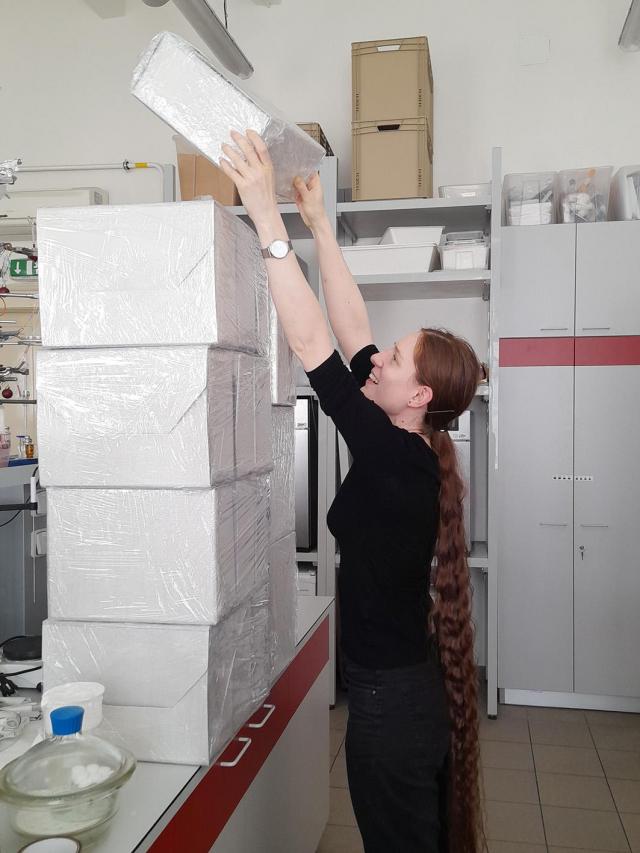Cardboard with reduced flammability: How chemists and papermakers protect our cultural heritage
Records, manuscripts, and cultural heritage artifacts – archives across the country safeguard invaluable documents that are threatened not only by the passage of time but also by the risk of fire. A research team led by the University of Chemistry and Technology in Prague (UCT Prague) is focusing on their protection. The team includes scientists and PhD students from the Faculty of Chemistry at Brno University of Technology (BUT), experts from the Technical Institute of Fire Protection (TÚPO), and the production and paper company EMBA. Within the MAPOA project, they are jointly developing archival boxes made of cardboard with reduced flammability. How is this research helping to preserve historical documents, and what does the development process involve?
Fire as a hidden threat
According to the International Council on Archives (ICA), fires are the second most common risk to archival collections, right after water damage. Paperboard used for archival boxes can ignite in less than 10 seconds upon contact with a flame.
The value of archival documents, books, or museum collections is often immeasurable – many represent the only surviving evidence of historical events, cultural developments, or family lineages. A fire can therefore mean an irreversible loss.
It’s important to think not only about the contents but also about how they are stored. The MAPOA project (Material and Fire Protection of Archival Packaging) focuses on the first line of defense – the packaging itself – and aims to minimize fire risk. Researchers are developing a modification of conventional cardboard using special additives that transforms it into a material with significantly reduced flammability while remaining safe for long-term preservation of cultural heritage.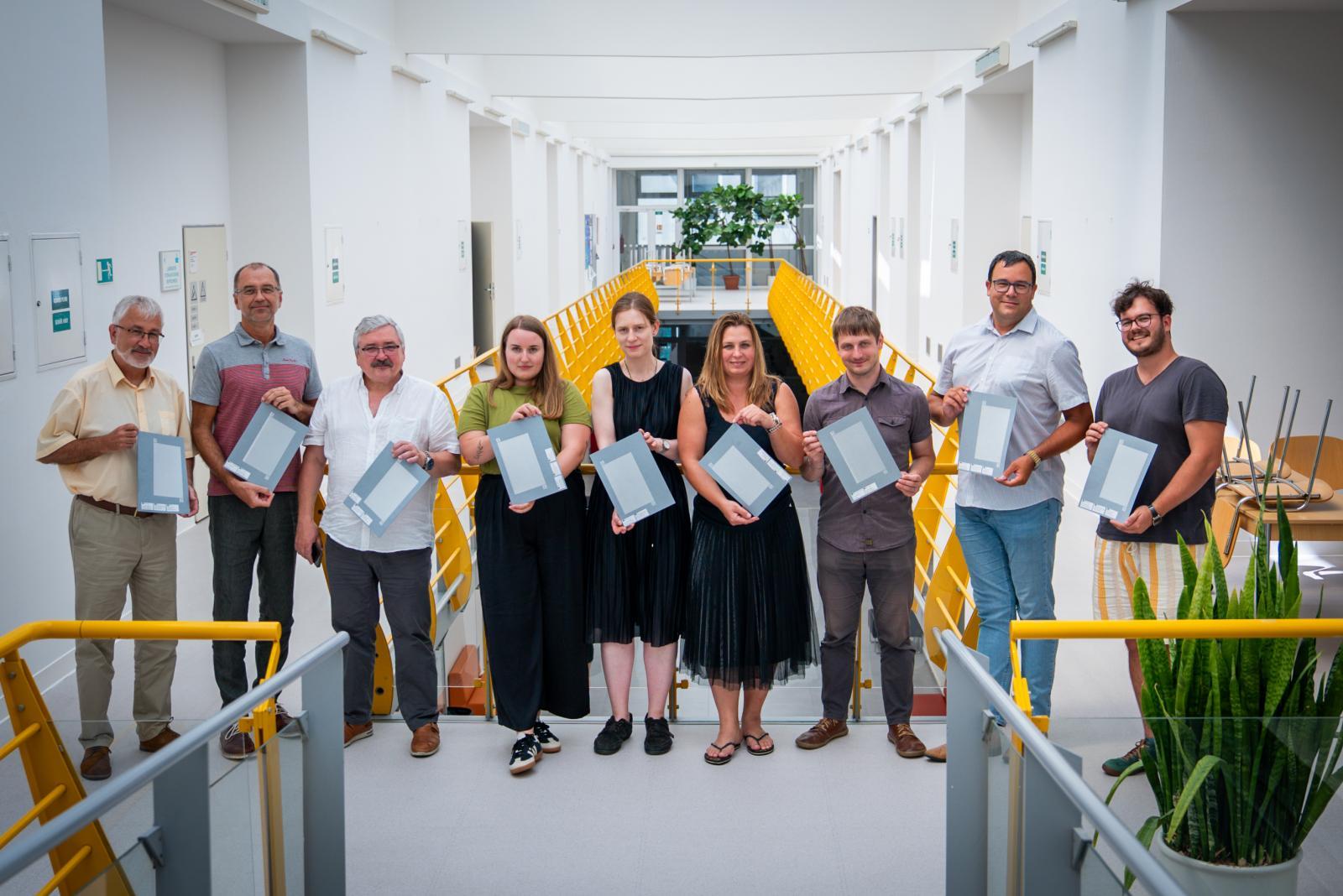
The research topic first emerged in the master’s thesis of Martina Nováková, a student at UCT Prague, who later explored it further in her doctoral dissertation. This long-term research has evolved into a project with real-world applications.
“The idea to continue with this topic came from the need to better protect cultural heritage objects stored long-term in memory institutions – archives, libraries, museums, or galleries – from the risk of fire. Large institutions often have stable fire suppression systems, but according to our analysis, only about 5% of archives are equipped with them,” says Associate Professor Michal Ďurovič of UCT Prague. The rest rely on building structure, portable fire extinguishers, or have no protection at all. “I don’t know of any similar project—we may have found a gap,” he adds. MAPOA is thus the first initiative of its kind in the Czech Republic. 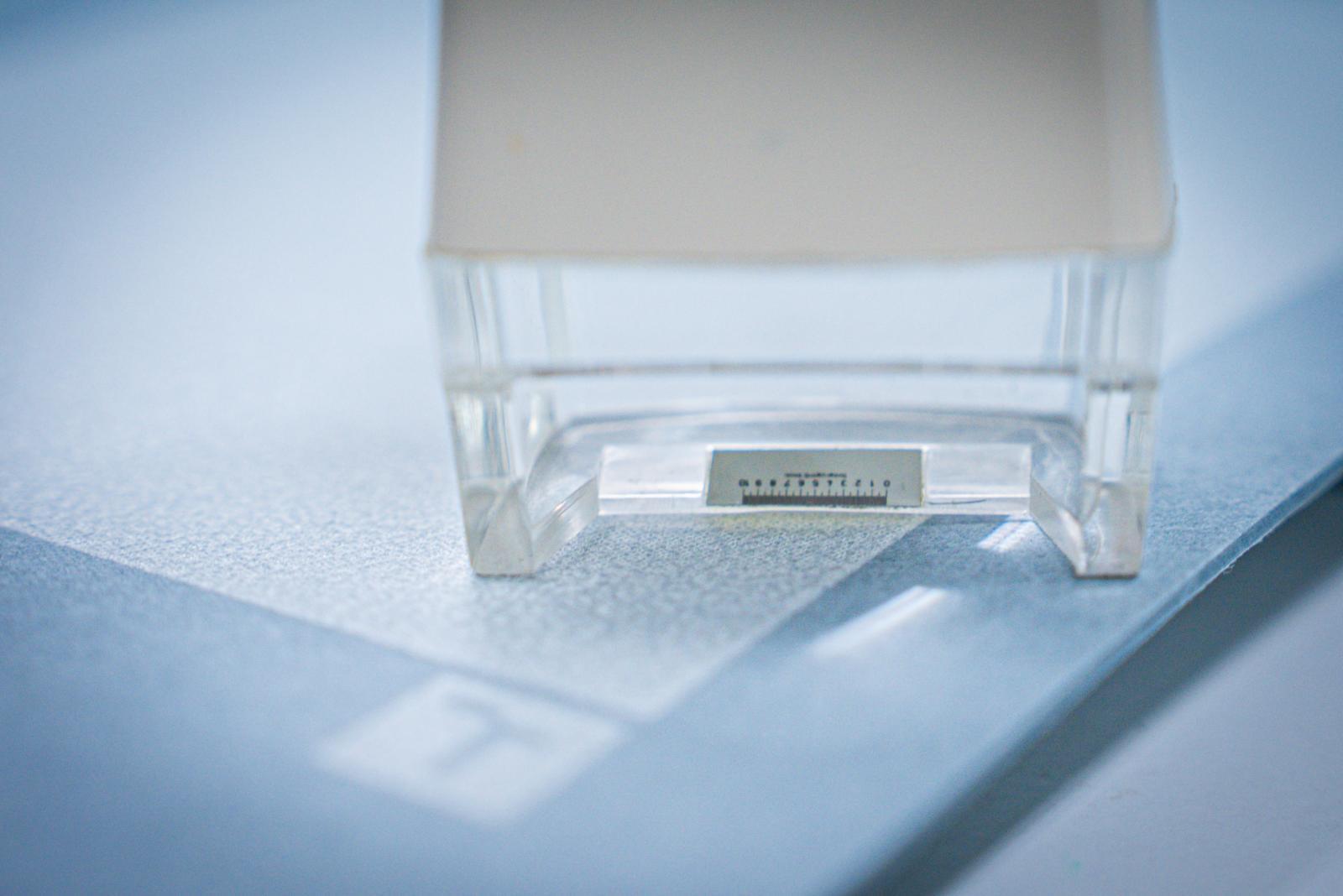
Collaboration across disciplines and across the country
The project, funded by the Security Research Programme of the Ministry of the Interior of the Czech Republic, connects several interdisciplinary partners. The main coordinator is UCT Prague (Institute of Chemical Technology of Monument Conservation), which focuses on developing effective flame retardants and, together with the Faculty of Chemistry, Brno University of Technology (Institute of Physical and Applied Chemistry), handles the research phase. The Technical Institute of Fire Protection in Prague is responsible for fire resistance testing, and the company EMBA in Paseky nad Jizerou is working on archival packaging production and pilot implementation. 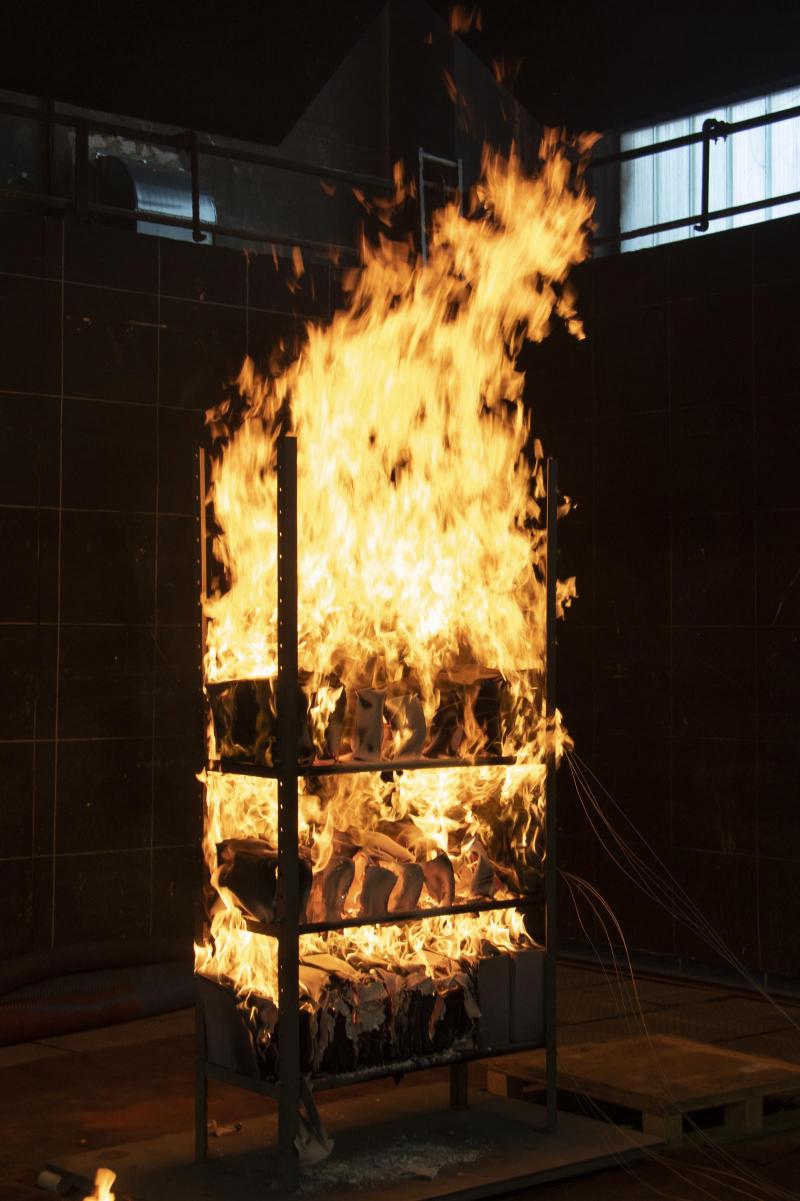
Archival materials require specific storage conditions. The materials must be non-toxic, stable, must not release harmful substances, and should be fire-resistant. Finding a solution that meets all these requirements while also being practically usable is not easy. “Flame retardants are generally well known, but in this case, we’re working with a sensitive material that will house archival documents. It must not release any substances that could damage the stored contents,” explains Michal Veselý, Dean of the Faculty of Chemistry.
Each partner brings their own motivation and expertise to the project. TÚPO sees the collaboration as a path toward tangible results. “We’ve built on previous student projects, which I appreciate. And most importantly, we’re aiming for a real, applicable outcome. I don’t want to downplay the value of basic research, but this is applied research focused on fire protection, which is essential for us as part of the fire rescue service. I see great potential to extend passive fire protection elements to areas where they’ve not commonly been used before,” says Colonel Jan Karl. 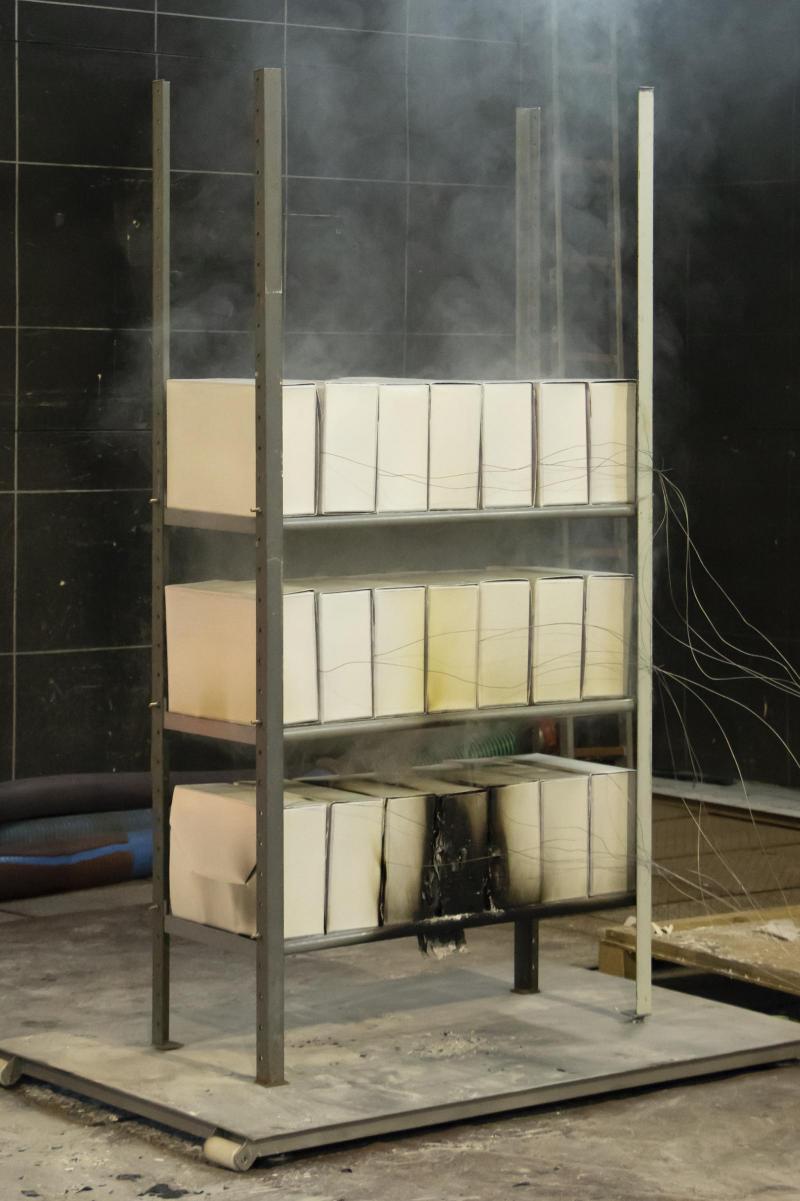
Dean Veselý also emphasizes the importance of interdisciplinary cooperation: “What I enjoy most about this project is the cross-disciplinary collaboration that leads to concrete results. And I’m glad it’s working out.” He adds that involving an industry partner is key: “From experience, we know that having a manufacturer on the team who is genuinely interested in bringing the result into production is a huge advantage.”
Marek Michálko, director of EMBA, highlights the project’s market potential: “Of course, the project has commercial potential—a product of this type is not yet commonly available. The archival packaging sector is fairly standardized, governed by norms and formats. That’s why it’s exciting to offer something new—archival materials packed in specially treated paper or cardboard with reduced flammability. Some modern archives are being built with fire protection in mind, but many are still in attic spaces, where this type of protective layer could play a key role in the event of a fire.”
Associate Professor Ďurovič sums up the overall spirit of the collaboration: “We’ve assembled a group of people who are experts in their fields, who know what they’re doing, and who also get along well personally. The meetings and discussions are very pleasant and productive.” 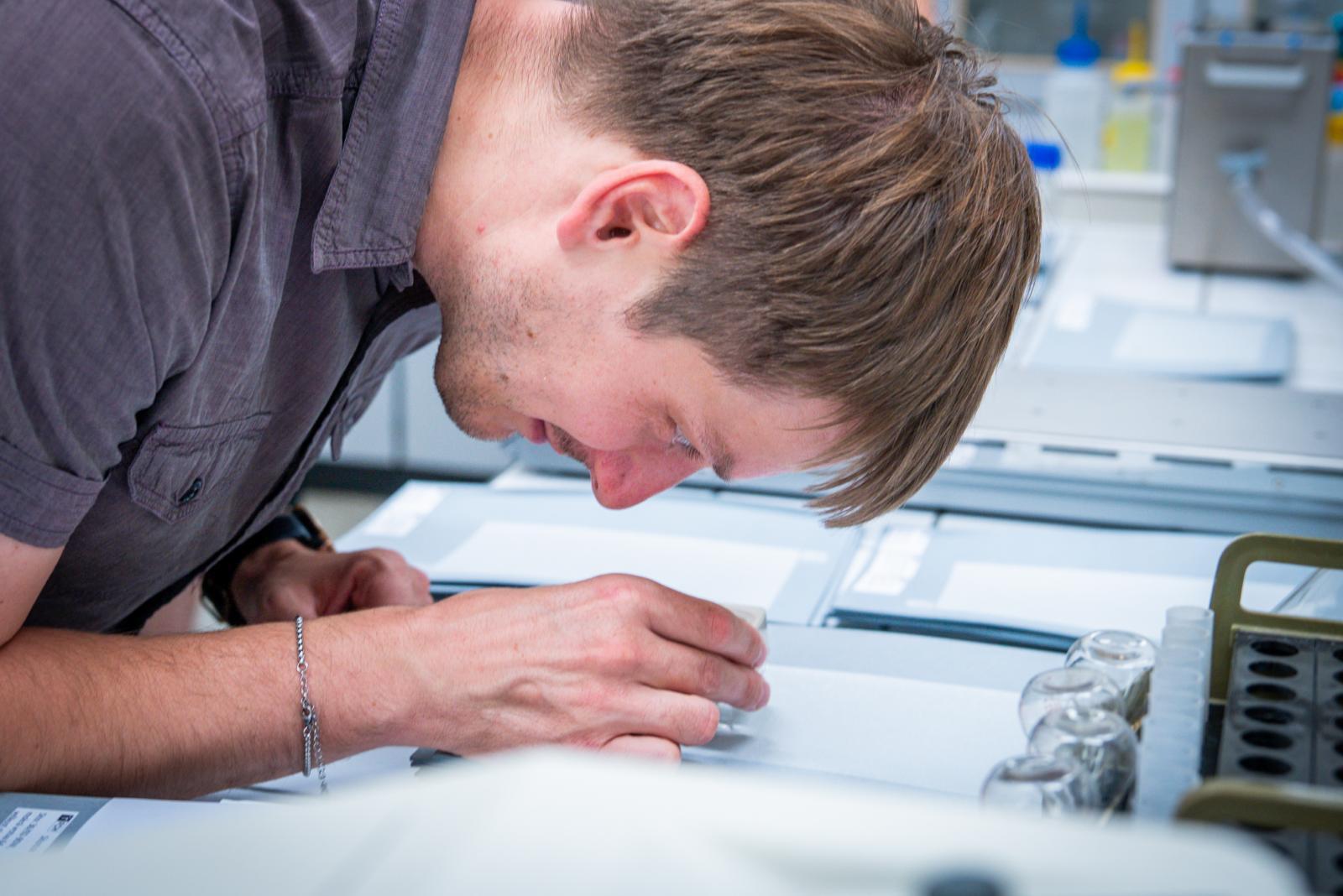
A safer future for archives
The project is currently about halfway through and will conclude next year, with implementation into practice expected in the period following its completion. The goal is to develop a treatment that can be applied on an industrial scale and will be financially accessible to memory institutions—unlike current expensive specialized fire suppression systems, which often rely on gas, water mist, or oxygen reduction. The resulting material is also planned to be legally protected as a utility model.
Researchers are currently studying the properties of coating formulations and selecting the most suitable candidates for operational testing at EMBA. The research has already yielded initial results – some of the modified cardboards show significantly increased flame resistance without deterioration in their physical and chemical properties. The composition of the mixture is part of the team’s know-how, but it can be revealed that the mixture is not only functional but also visually attractive. “Let’s just say that in the future, the product will sell itself – it has a silver to pearlescent hue. There should be plenty of ladies in the archives,” Colonel Karl jokes, referring to the fact that appearance plays a role in introducing new products. 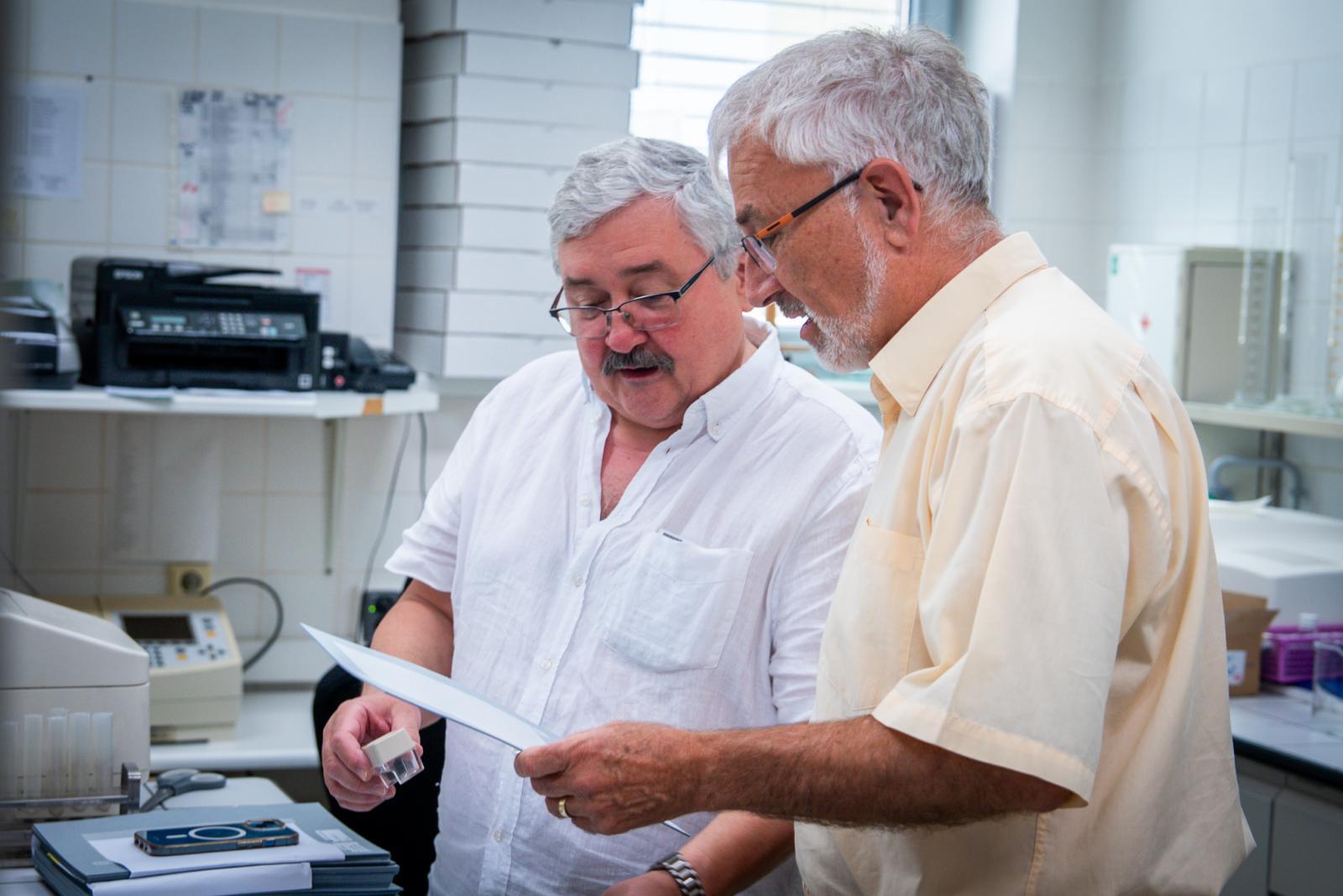
Although the product is primarily being developed for memory institutions, it may also be useful to individuals who want better protection for their valuable documents. “It depends on whether users will see the benefit. Today’s archival boxes must meet certain standards and parameters. If we add a reduced-flammability treatment, it’s important to maintain the original properties. Such a solution could be most advantageous for larger institutions or companies with their own archives. For the average user, probably not—maybe just for a few family photos – but the potential in memory institutions is enormous,” says director Michálko.
There is also potential for expansion into international markets. “In the field of archiving, we have a strong position in Europe and have already reached some non-European countries. So far, we haven’t seen a similar product being offered. The application could be global—every country has cultural heritage it wants to protect. And not everything can be easily digitized,” he adds.
At a time when digitalization is the main focus, it’s easy to forget that physical storage of documents still plays a vital role. Electronic data can be compromised by outages, cyberattacks, or technological obsolescence. The physical original often remains the only certainty.
-jo-
| Published | |
|---|---|
| Link | https://www.fch.vut.cz/en//f96620/d298601 |
